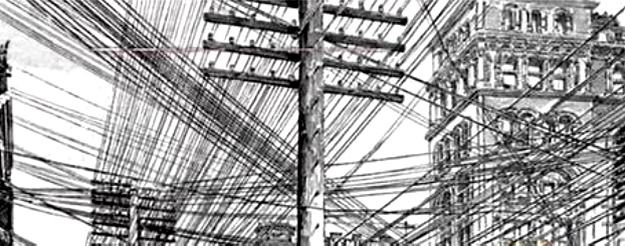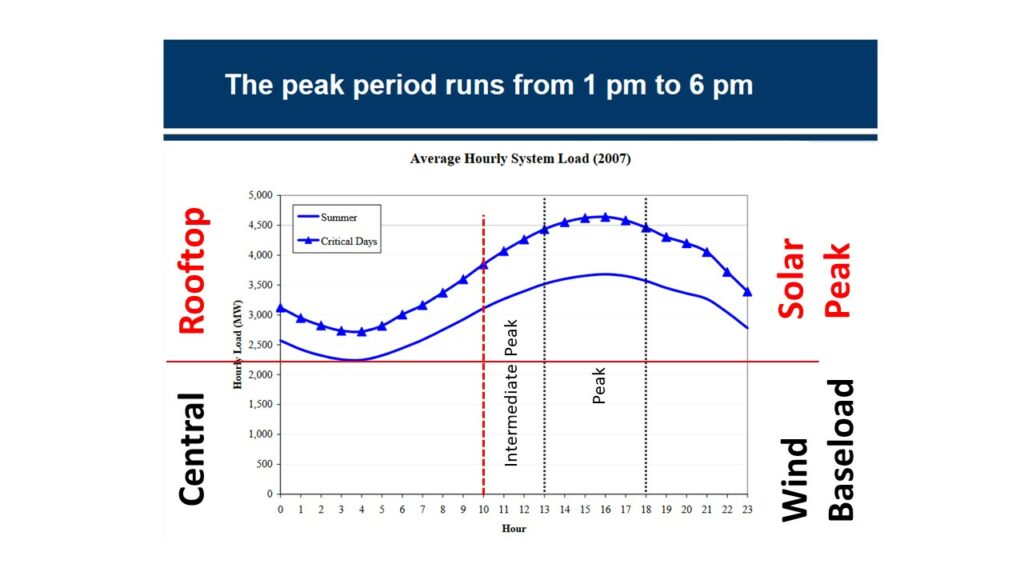Centralized Power for Decentralized People via Solar Electric
For 65 years after Thomas Edison’s first power station, for-profit utilities refused to deliver power to most of rural America because of line losses and the cost of the power lines. It was no accident that Edison’s first power station served New York’s financial district. Central Investor-Owned electricity displaced gaslighting from the most profitable to the least – small towns and rural areas, completely bypassing farmsteads. But for the same reasons, central power arrived last in rural America; it now makes sense for rural communities to leapfrog past that model into a future utility model: Centralized baseload and decentralized peak generation.


For the first time as a distribution-only non-profit, you have the opportunity to sell members or citizens only the energy that keeps you in the black – baseload. Members can now generate a high percentage of their peak load power, and you can provide inexpensive wind power from your baseload providers. Combining central baseload and distributed peak generation greatly reduces your demand charges, line losses, peak load contracts, and distribution expenses.

Why Is Evergy So Opposed to Rooftop Solar?
During its merger, Westar estimated that only 7% of its investors reside in Kansas and is now proposing a $5.9 billion rebuild of its Kansas transmission and distribution system. That will all be added to the rate base. Corporate investors can’t afford distribution efficiency. Savings to the distribution system through rooftop solar undercuts their argument before the Corporation Commission.
Unlike Investor-Owned Utilities, there is no inherent conflict between ratepayers and stockholders for non-profit municipal or cooperative utilities. They are the same people – owners/citizens/members. For us, there is no reason to gold-plate the distribution system. It won’t add to the rate base for our “investors” but will only make our electricity more expensive.
Additional Resources
Solar Reliability
Comparing Utility Benefits
Utilities are Crucial to Rooftop Solar
